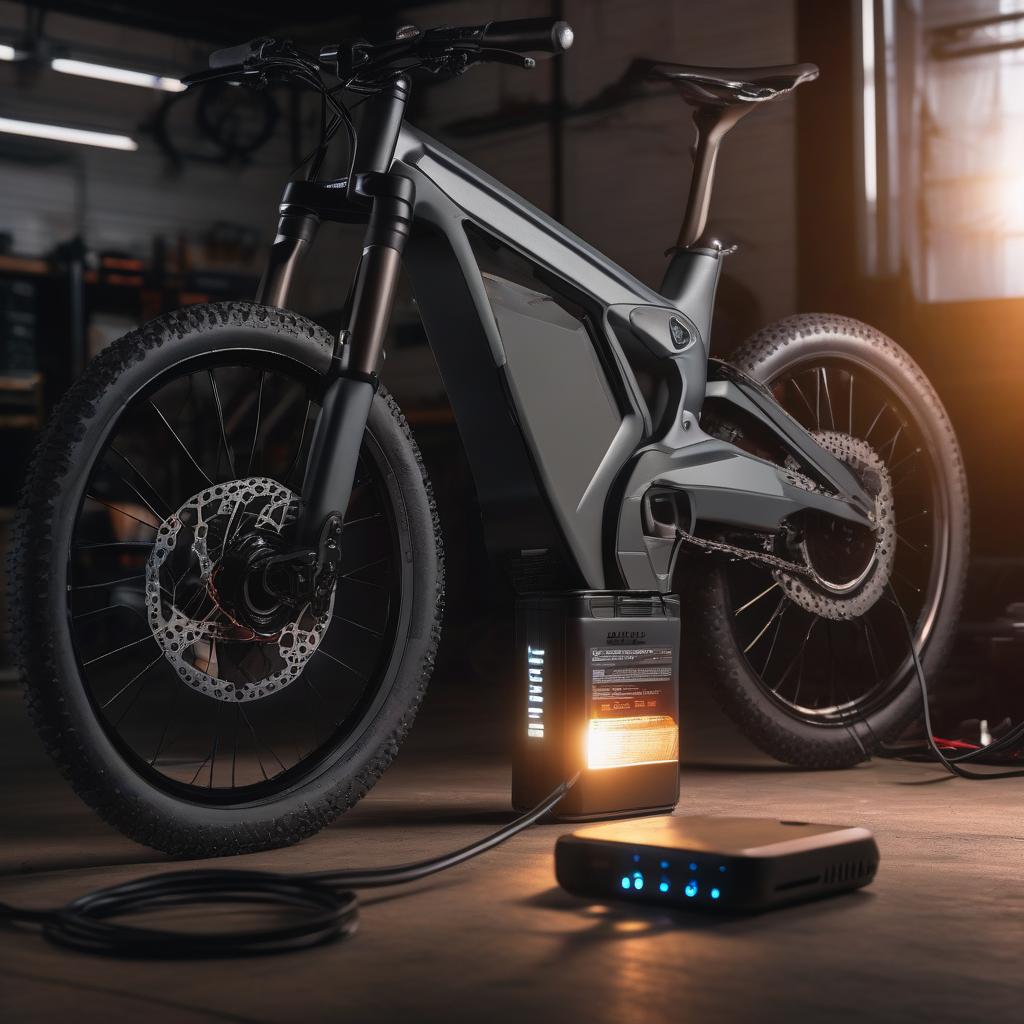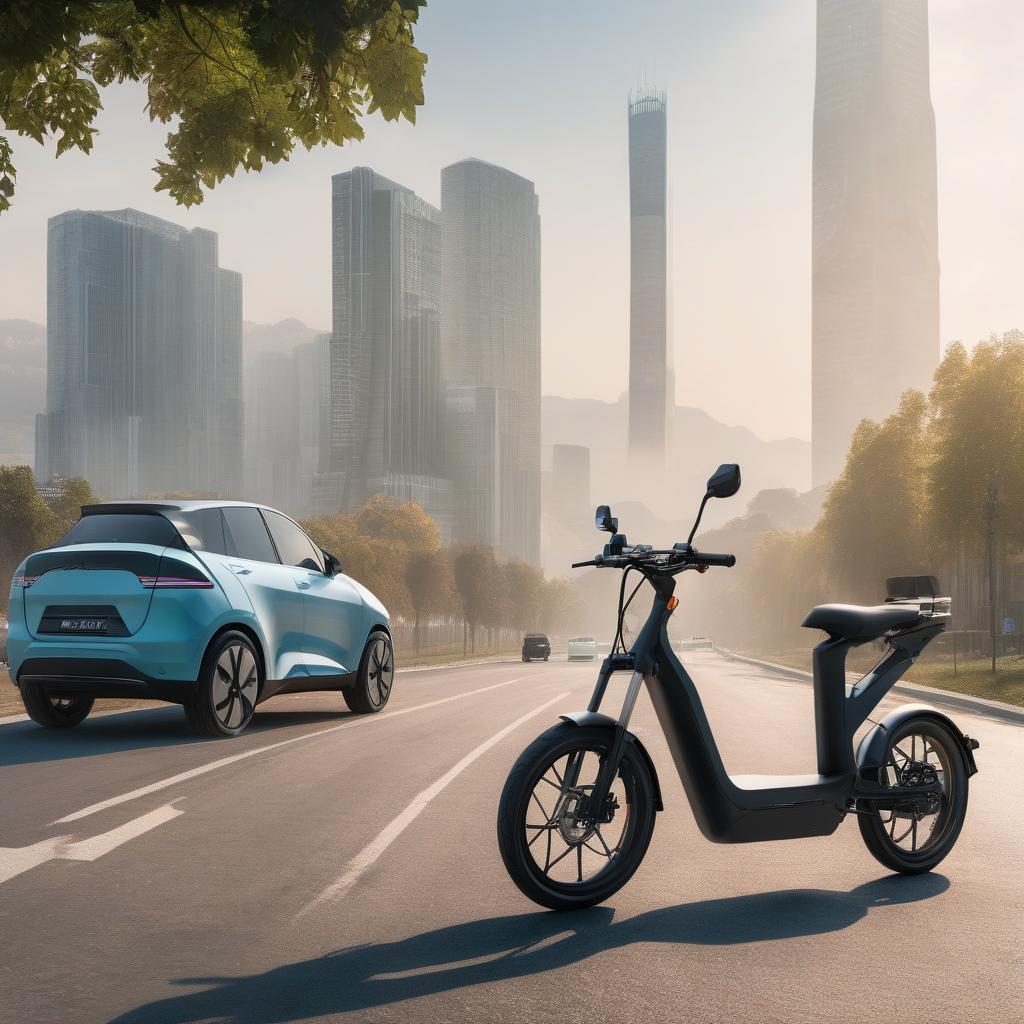The popularity of electric bicycles (eBikes) has skyrocketed in recent years, providing a sustainable and efficient mode of transportation as well as a fun way to explore the outdoors. However, with so many options available, purchasing a new eBike can be overwhelming. To help you make the right choice, we’ve compiled a list of ten essential factors to consider when buying a new eBike.
1. Type of eBike
Different types of eBikes serve different purposes. Are you looking for a city commuter, a mountain bike for rugged terrains, or a leisurely cruiser for relaxed rides? Common categories include:
- City eBikes: Designed for urban commuting with features like fenders and lights.
- Mountain eBikes: Built for off-road trails, featuring sturdy frames and robust tires.
- Folding eBikes: Compact and portable, perfect for small spaces and public transport.
- Road eBikes: Lightweight and efficient for speed on paved roads.
Understanding your primary use will guide you in selecting the right style.
2. Motor Placement
The placement of the motor significantly impacts your riding experience. There are three main types of motor placements:
- Hub Motors: Located in the wheel hub, suitable for city commuting, offering a quiet ride.
- Mid-Drive Motors: Positioned on the bike’s frame, providing better weight distribution and performance on steep terrains.
- Geared Hub Motors: Often provide excellent torque for climbing, making them suitable for varying terrains.
Consider which type best fits your riding style and preferences.
3. Battery Capacity and Range
The battery is the heart of your eBike. Look for:
- Capacity (measured in Watt-hours, Wh): A higher capacity generally leads to a longer range.
- Range: Consider how far you plan to ride on a single charge. Most eBikes offer ranges from 20 to 100 miles depending on assist levels and terrain.
Make sure the battery meets your commuting or recreational needs.
4. Charging Time
Long charging times can be inconvenient. Look for eBikes that offer:
- Quick Charging: A battery that charges in three to six hours can be quite beneficial.
- Removable Battery: This allows you to charge the battery separately from the bike, which can be convenient.
Reading reviews can help you find eBikes with fast charging options.
5. Weight and Portability
If you plan to carry your eBike (for instance, on public transport or up a flight of stairs), consider its weight. Generally:
- Folding eBikes are more portable but might be heavier due to the motor and battery.
- Standard eBikes can be cumbersome, especially with batteries.
Ensure you can comfortably handle the weight, especially if you’ll be transporting it frequently.
6. Brakes
Safety should be your top priority. Consider the type of brakes:
- Disc Brakes: Provide superior stopping power, especially in wet conditions.
- Rim Brakes: Common on lower-end models, they can wear out faster in certain conditions.
Make sure the eBike has reliable braking systems suited to the type of riding you intend to do.
7. Suspension
If you plan to ride on uneven terrain, a good suspension system can enhance comfort and control. You’ll find:
- Hardtail: Front suspension only, good for lightweight bikes and smoother trails.
- Full Suspension: Both front and rear suspension, ideal for rugged terrains, providing a smoother ride.
Evaluate the types of trails you’ll be riding on to determine what’s best for you.
8. Gearing System
The gearing system affects your riding efficiency, especially on hills. Determine whether you need:
- Single Speed: Simple and lightweight, good for flat terrain.
- Multiple Gears: Provides versatility for varied terrains and inclines.
Test riding different options can help you find what suits your riding style best.
9. Display and Controls
A clear display enhances the riding experience. Look for:
- LCD/LED Display: Showing speed, distance traveled, battery level, and assist mode.
- User-Friendly Controls: Easy to use while riding, so you can switch modes or check stats without jeopardizing safety.
An intuitive interface can make your rides more enjoyable and efficient.
10. Warranty and Customer Support
Investing in an eBike is a significant commitment. It’s crucial to consider the following:
- Warranty: A good warranty can protect your investment, typically covering the frame, battery, and major components.
- Customer Support: Look for brands known for excellent customer service, as this can be important if you encounter any issues.
Reading reviews and checking the manufacturer’s reputation can provide insight into the warranty and support you can expect.
Conclusion
Buying a new eBike is an exciting experience that opens up a world of possibilities for commuting, recreation, and adventure. By considering these ten essential factors—type of eBike, motor placement, battery capacity, charging time, weight, brakes, suspension, gearing system, display and controls, and warranty—you can make an informed decision that best suits your needs.
Remember to take your time and test-ride different models to find the perfect fit. Whether you’re commuting to work, tackling rugged trails, or enjoying leisurely rides, the right eBike will enhance your cycling experience and make every journey enjoyable. Happy cycling!


